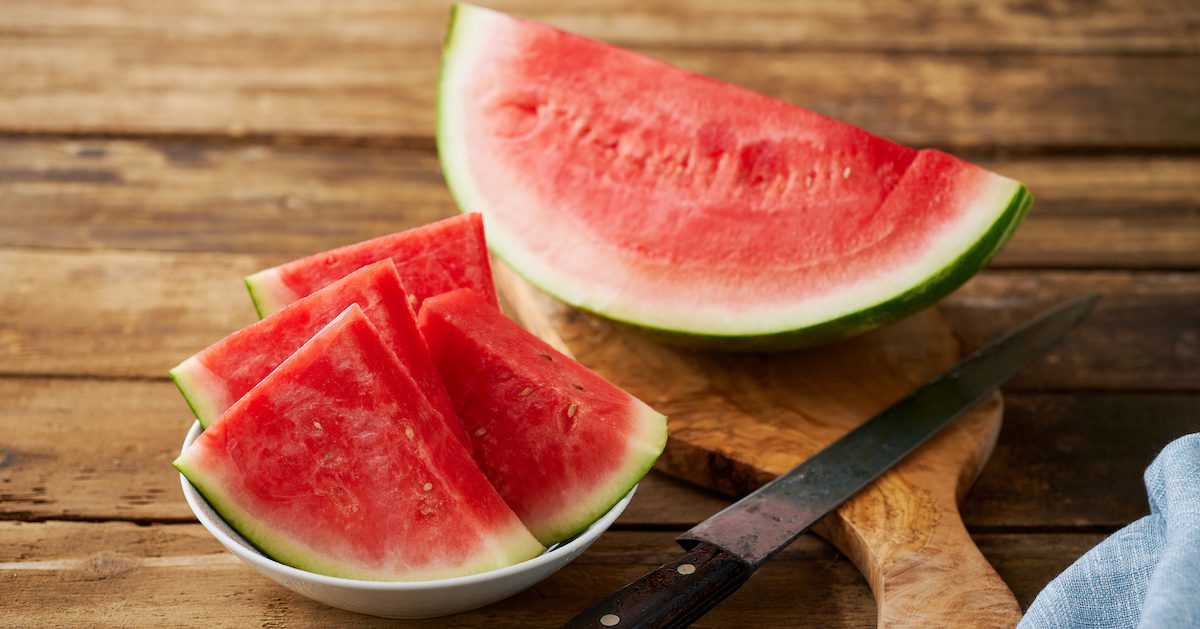The History of the Mighty Melon
There are two types of melons that are well-suited for cultivation: the rough-skinned varietals that can be classified as muskmelons; and the smooth-skinned types that we know and love as watermelons.
Watermelons boast a colorful, 5,000-year-old history of sprawling leaves and tendrils that can be traced back to Southern Africa. It’s a history of enjoyment so juicy that seeds of this fruit were found buried deep within King Tut’s tomb in Egypt, to ensure that he would remain hydrated into the afterlife.
Early watermelons were most likely nothing like how we see them today. Originally, they would have had a very thick and hard gourd-like exterior with a more hollow, orange-yellow internal flesh, with densely populated seed pockets. The slushy internal pulp traveled well, held within its outer rind, and served as a great source of slightly sweet water, making these melons a great source of natural portable hydration.
As watermelons traveled into Europe and eventually North America, the cultivation of the fruit led to its transformation into the melons found in markets today. Through breeding for flavor, the flesh of the watermelon began to change to a deep red color as the gene for sugar is paired with the gene for the color red.
Watermelons would have first made their way onto our shores in the 16th century by European colonists in Florida and by way of enslaved Africans carrying the seeds of the fruit across the Atlantic.
In the early 1800s, Georgia gained a national reputation for having the best watermelons that could be found. The varieties produced in the South during this time were round with thick, dark green skin. The larger, oblong varieties with mottled, lighter colored rinds did not gain popularity until the mid-19th century, but quickly became the market favorite for they contained the most revered sugary sweet flesh.
There are more than 200 varieties of watermelon that are cultivated globally but only about 50 of those will regularly make their way to market. All of them, regardless of shape, color, or flavor serve as great hydrators and companions to have along for the ride. No matter how you select your next piece of fruit—by giving it a thump, a tap, or a shake—the sweet juicy flesh contained within the rind is sure to cool you down and leave you with a sweet, summer smile.
WATERMELON RECIPES

Watermelon Salad

Watermelon Skewers
Watermelon Mint Paletas
share
trending content
-
The Cookbooks Our Team Can’t Stop Cooking From
-
12 Recipes for a Vegetarian Thanksgiving
by Emilee Calametti -
Our 10 Favorite Tasting Menus Across the South
by Emilee Calametti -
Savor South Walton, Florida
by TLP's Partners -
The Local Palate’s Ultimate Holiday Gift Guide for Food Lovers
by TLP Editors
More From Key Ingredient
-
Sweet Talk: The Sensuous Power of Local Honey
-
Caramel Delights
-
Jason Stanhope’s Famous Celery Salad
-
Little Bursts of Summertime
-
A Better Butter Bean









